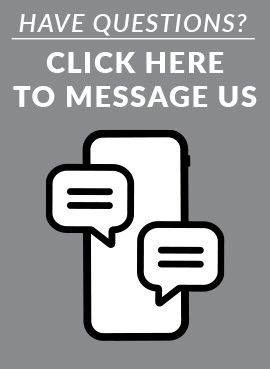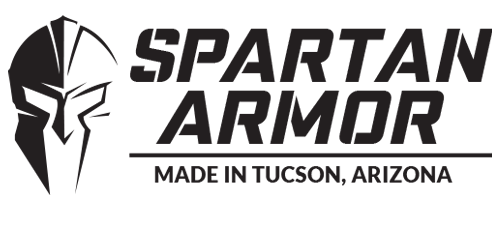A Brief History of Medical Kits
Prevention and preparation go hand in hand and there’s not a better medical emergency tool than a standard medical kit, also known as a first aid kit. And while it is hard to imagine a world without medical kits, the medical kit is a fairly new invention which dates back to 1888. It may be even harder to picture wars being fought without these common items, yet it wasn’t until WWI that medical kits made their way onto the battlefield.
The Invention of the Medical Kit
When we hear the term “medical kit,” many of us think about combat medics, law enforcement and first responders. Surprisingly enough, the first medical kits weren’t created for any of these professions. The first medical kit was started somewhere most of us wouldn’t picture today: The Railroad.
Many people attribute the invention of first aid kits to Robert Wood Johnson, the founder of Johnson & Johnson. It is reported that Johnson was on his way out west for a vacation when he struck up a conversation with a fellow passenger – the chief surgeon of the Denver and Rio Grande Railway. The surgeon told Johnson of the frequent injuries on the railroad in remote locations far from medical help. Johnson was inspired to create what is now known as the first aid kit, or medical kit. In 1888, the first commercial medical kit was developed by Johnson & Johnson.
These kits were made up of gauze, bandages and dressings packaged in boxes that railroad workers could use to treat their injuries before they were able to reach medical assistance.
By 1890, medical kits were in full commercial production. Typically, the contents included sterile gauze, bandages, antiseptic sponges, sterile dressings and sutures. Many of these items remain in standard medical kits even to this day.
By 1898, Johnson & Johnson created smaller, pocket-sized first aid kits that could be carried by soldiers during the Spanish-American War. By WWI, medical kits were in wide use by all armies.
The Failed Medical Belt of WWI
In 1913 the U.S. Army developed a medical belt to be used on the battlefield. The belt had ten pockets which contained a tourniquet, adhesive plaster, safety pins, iodine, gauze, field dressing, bandages, ammonia, pins and diagnosis tags. A canteen hanger and ax carrier were also a part of the belt, along with various other accessories.
But during WWI, it became evident that the the medical belt design was not effective. It did not withstand the trials of war. Both the packaging and the contents were considered utterly useless in the field, and the medical belt was no longer used by the U.S. military.
By World War II, medical corpsmen wore just two medical pouches at the waist, which wouldn’t interfere with mobility – a lesson learned by the failure of the medical belt. Johnson & Johnson continued evolving the first aid kit for widespread use by every individual and industry.
Modern Medical Kits
Today, the U.S. Army issues soldiers a streamlined individual first aid kit, or IFAK. Weighing roughly one pound, IFAKs generally contain a utility pouch, a combat tourniquet, an elastic bandage kit, a standard bandage, surgical adhesive tape, a nasopharyngeal airway kit, surgical gloves and combat gauze dressing. These IFAKs are for the general soldier population, but medical kits get far more advanced for Combat Lifesavers, Medics and other branches of the military.
The more advanced, U.S. Marines Combat Lifesavers Bag contains:
- Nasopharyngeal 22FR
- Nasopharyngeal 26FR
- Big Cinch Abdominal Dressing
- H and H Compression Gauze
- Combat Gauze
- Triangular Bandage
- Water Jel
- Bolin Chest Seal
- “H” Bandage
- Gloves
- Decompression Needle
- Alcohol Pads
- Trauma Shears
- SAMS Splint
- 4 x 4 Gauze
- Strap Cutter
- Tape
- CAT Tourniquet
As technology continues to advance, the contents of the medical kit continue to advance as well. But many of the original items have stood the test of time. Although tourniquets, dressings and other items have changed throughout the years, the general concept of the medical kit remains the same – to save lives.
Some medical kits today include combat tourniquets, nitrile gloves, trauma dressing, chest seals, naso airways and tubes, shears, rescue blankets and much more. Medical kits are often customized to include items for each user’s situation and environment.
While the contents of medical kits seem to be semi-consistent, the packaging of medical kits has varied tremendously throughout the years. From cardboard boxes to glass containers, aluminum tools, waterproof containers and wearable advanced individual medical kits – the packaging has come a long way and continues to evolve today.
Leave a comment and let us know what items you keep in your own personal medical kit.


